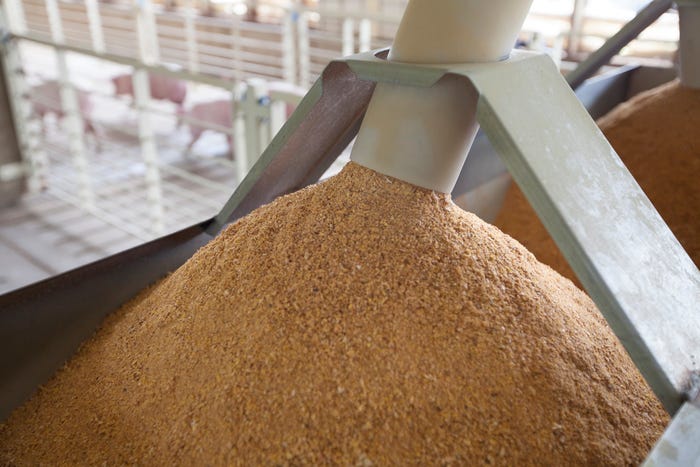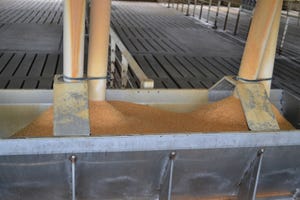Livestock Management
More Topics
thumbnail
Livestock Management
Veterinary Pharmaceutical Solutions adds five industry experts to teamVeterinary Pharmaceutical Solutions adds five industry experts to team
Minnesota-based licensed compounding pharmacy provides animal health products and services to the veterinary community, treated over two billion pigs.
Subscribe to Our Newsletters
National Hog Farmer is the source for hog production, management and market news











.jpg?width=300&auto=webp&quality=80&disable=upscale)






.jpg?width=300&auto=webp&quality=80&disable=upscale)




















